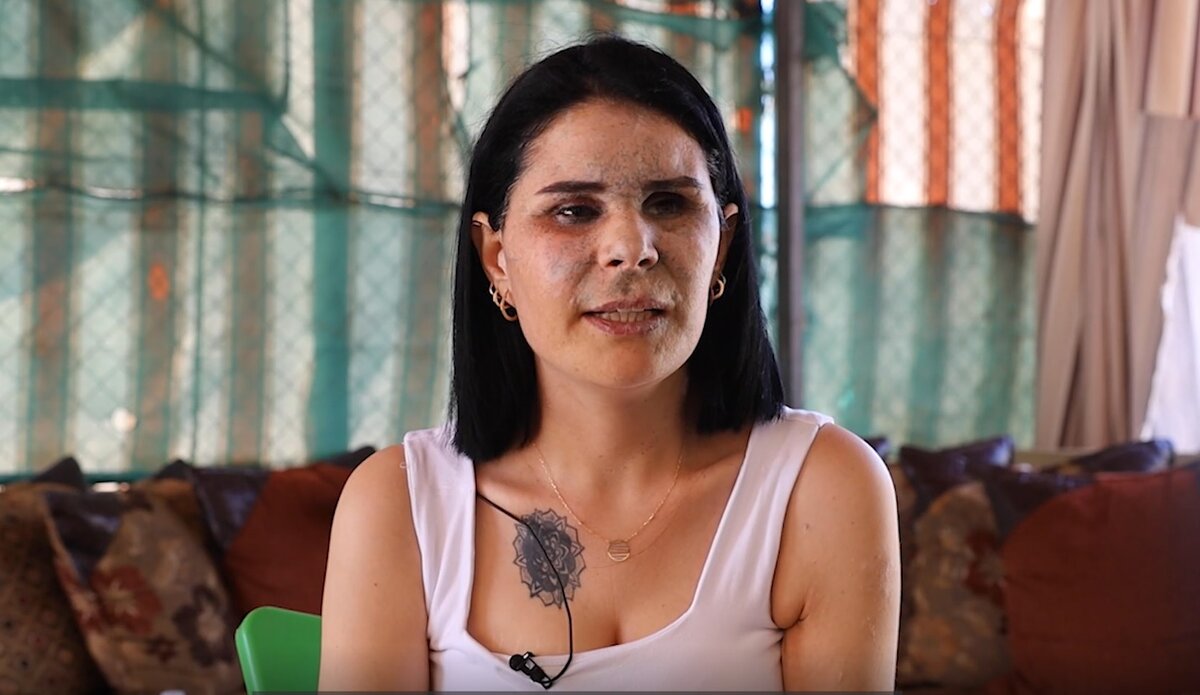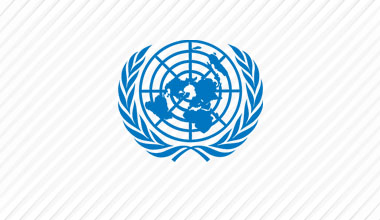One Wrong Step Can Change Your Life: Landmines Remain a Persistent Danger in South Lebanon
Naila Jaffal wants to warn people about the dangers of land mines. It’s a danger she knows very well: Naila used to work with a non-governmental organization removing mines from lands in south Lebanon. A tragic accident while she was clearing landmines in Alma Shaab village changed her life irrevocably.
“I remember that it was a Saturday,” says Naila. “We used to work on Saturdays to compensate for the rainy days when we could not work. It started as a normal day, and I was spending it as the rest of the days. And the accident happened.”
A landmine exploded, and Naila was very seriously injured. Her team acted immediately to get her medical help.
“They took me to Jabal Amel hospital,” she says. “There they gave me first aid, then I was transferred to the American University of Beirut Medical Center. I stayed there for a month where I went through medical interventions; almost every two days. I had wounds in my legs, my right hand was amputated, and I lost both eyes.”
Today, and after more than a year and a half, Naila still requires medical treatment for her eyes, and she can only see things in the form of shadows. Naila’s story and the high price she paid is a reminder that the presence of landmines remains a challenge in south Lebanon.
Clearing the minefields will take many years, and Naila’s experience is a sobering reminder of the dangers minefields still present. The Lebanese Mine Action Centre has primary responsibility for the task. However, UNIFIL peacekeepers have helped by clearing more than five million square meters of land.
Peacekeepers who work as de-miners put markers around the areas they are working in to warn people of the dangers and keep them safe. Unfortunately, sometimes they have noticed that the markers are being moved. Peacekeepers then have to re-do their work to mark the fields, and so the entire process of clearing the mines takes longer. It’s also dangerous.
“I tell these people that these signs are there for your own safety, to guide you which areas are dangerous and which areas are safe,” says Naila. “So, leave these signs and do not remove them.”
Najih Awada, from the United Nations Mine Action Support Team (UNMAS), agrees.
“Removing the warning signs from the mine fields in south Lebanon is very risky to the people who are removing them,” he says. “It also exposes farmers and shepherds to serious risks. This farmer or shepherd whose olives are close to the mine fields are used to seeing the warning signs. When you remove them, you are exposing them to danger. They are entering unknown areas, that is why they might step on a mine that will explode.”
Naila has a final message for anyone who finds themselves near a minefield.
“Be careful; if you see any unusual object immediately inform the relevant authorities,” she says. “The mines are very dangerous and they are not toys; they can cost you your life.”
Listen to Naila Jaffal recounting the events of that fateful day on UNIFIL Rodio Programme:
 UN
UN United Nations Peacekeeping
United Nations Peacekeeping



